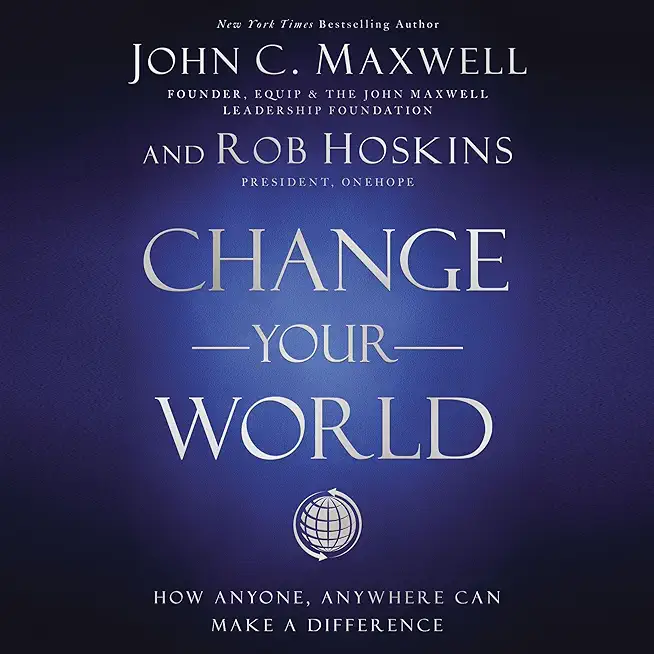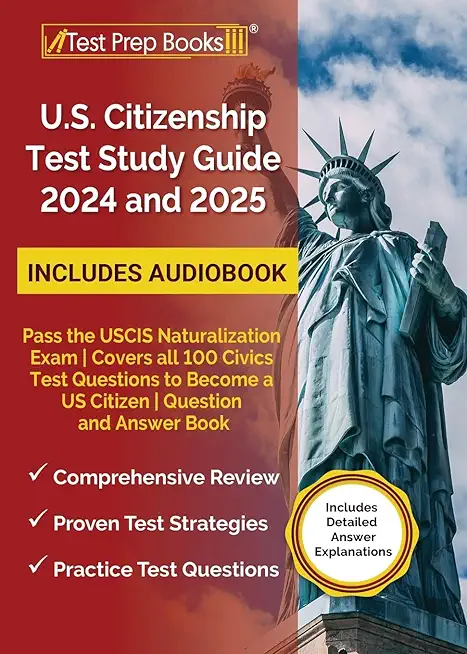
Smith, Raymond A.
product information
description
tematically analyzes the U.S. political system by way of comparison with other countries, especially other industrialized democracies. It is organized into four sections, respectively covering the constitutional order, governmental institutions, political participation, and public policy. Extended case studies and examples in each chapter draw on all the major regions of the world.
Thoroughly revised throughout, the fourth edition includes:
- Updates to reflect events including the anomalous presidential election of 2016, the start of the unconventional presidency of Donald Trump, and shifting partisan dynamics within Congress.
- Coverage of recent political developments such as the Black Lives Matter and Antifa left-wing groups, the rise of the Alt-Right and resurgent nationalism, and youth-led movements for immigration reform and gun violence prevention.
- A newly developed chapter offering a comparative perspective on U.S. public opinion and mass media, including social media; includes a new case study focused on post-Communist Russia and a chart on comparative freedom of the press.
- The contextualizing of emerging political memes such as "fake news," "alternative facts," the "deep state," "Brexit," and "#MeToo".
- Updates to examples from other countries, including challenges to the European Union; the aftermath of the Arab Uprisings; recent political upheavals in Venezuela, Zimbabwe, South Korea, and Brazil; the global reassertion of Russian power and its possible manipulation of the US election; and the steady growth of China's global military and economic role.
- A substantive update to the domestic policy chapter, in light of the return of unified Republican control in Washington DC, and to the foreign policy chapter, taking into account isolationist and unlateralist thinking in the Trump administration.
- Updated tables and charts comparing major democratic political systems; expanded further reading suggestions; and revised discussion questions and Web-based exercises throughout the book.
member goods
No member items were found under this heading.
Return Policy
All sales are final
Shipping
No special shipping considerations available.
Shipping fees determined at checkout.







